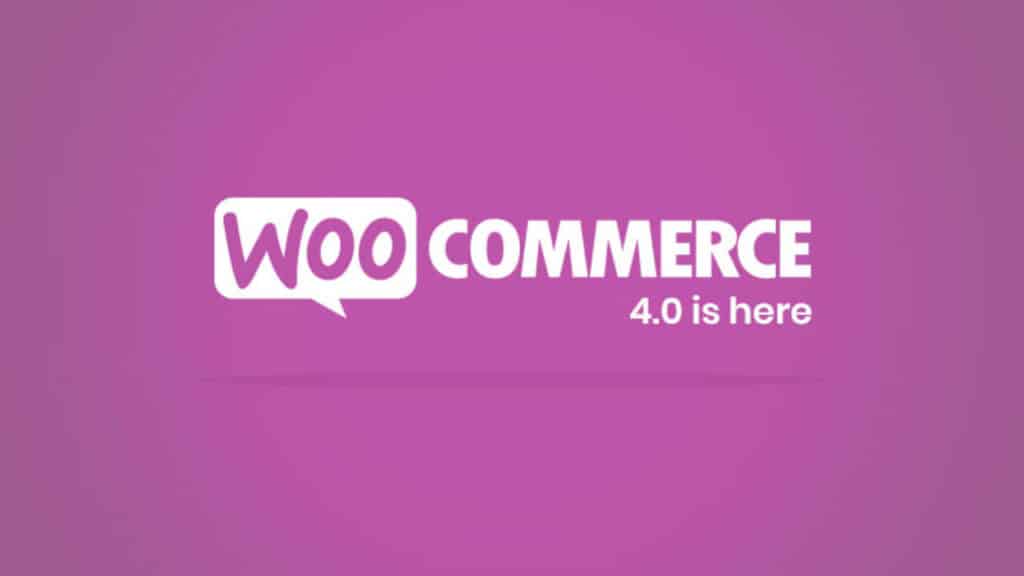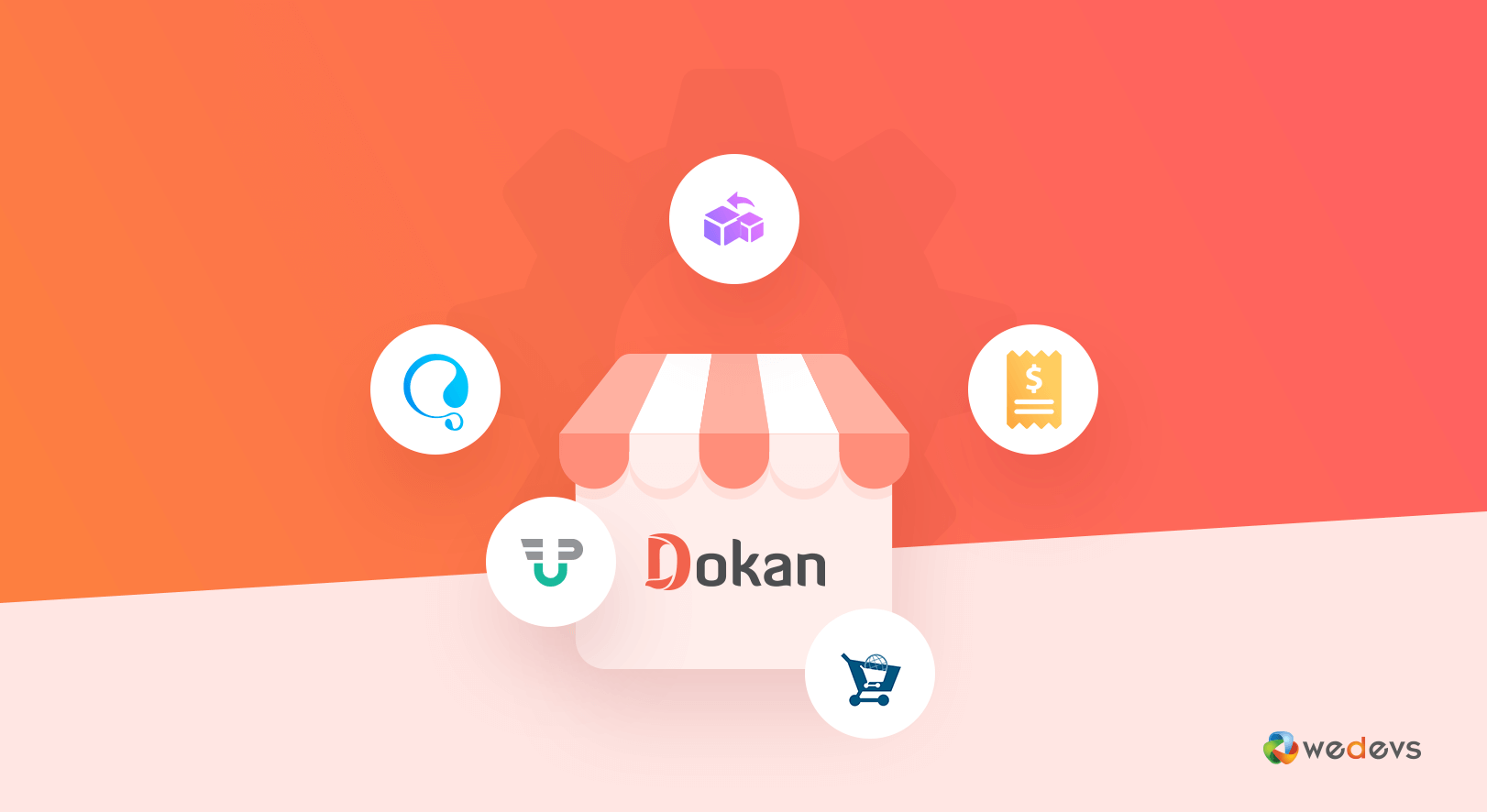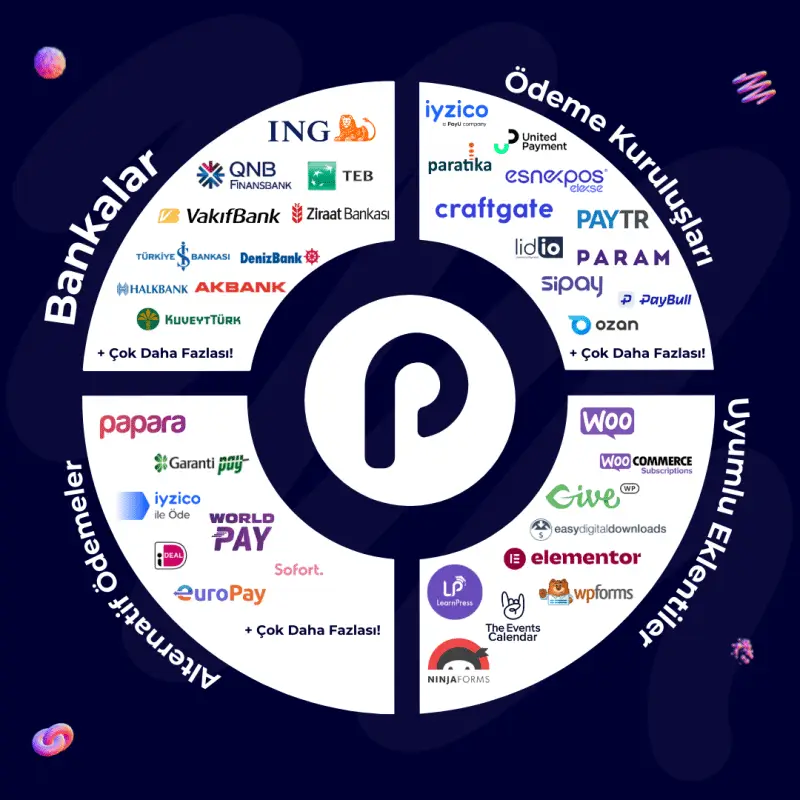Tools, jewelry, office supplies, household appliances, musical instruments, games and toys: One marketplaceYou can find absolutely everything in the i app.
Amazon is probably the most famous example of a marketplace and also the most criticized. But did you know that it is also possible to create a marketplace in WordPress, even without any technical knowledge?
What is a marketplace?
A marketplace is an online platform (website or app) where individuals or professionals offer products or services for sale. The platform then acts as a commercial intermediary between sellers and buyers and receives commissions on sales made.

For your E-Commerce site that works with the marketplace model using WooCommerce and Dokan, WCVendor, Product Vendors, WCFM (WC Lovers) systems, you can use iyzico to receive payments through iyzico, create vendors, and perform cart fee distributions according to your specified commission amount. IyziBazaar With many more advanced features, it allows you to save time in your processes and make error-free transactions.
The most advanced payment plugin for your E-Commerce site with WooCommerce infrastructure that works with the marketplace model.
Example, a large commercial area with dozens of independent stores we can say. Each of them sells their belongings according to the prices they choose.
Websites, apps and the WordPress ecosystem
When it comes to websites, the best known in the world are Amazon, Alibaba, Rakuten, Walmart (for the US), Etsy or Facebook Marketplace. In Turkey, we can give successful examples such as Trendyol and HepsiBurada.
Before I forget, one of the oldest, Ebay, was created in 1995 by Frenchman Pierre Omidyar.

In addition, Ebay only offers products from third-party sellers. Other marketplaces (Amazon etc.) offer both their own products and products from other sellers.
What do you find in a marketplace?
There are different types of marketplaces, but I will not go into technical details in this article.
To schematize, we can highlight 3 "classic" formats:
- B2B (Business to Business ) market is only for professional buyers and sellers like Alibaba.com.
- B2C ( From Business To the consumer ) market place . Here professional sellers sell their products to individual buyers. Famous example: Amazon.
- Only for individuals, as offered by Facebook Marketplace or SkillShare C2C (Consumer to Consumer ) market place .
As for the products on sale, we can divide it into two main families:
- Physical products : clothing, game consoles, home appliances, books, vehicles, etc.
- Digital products : e-books, videos, podcasts, tutorials, software, training, coaching, illustrations, photos, etc.
What are the differences with a classic online store?
Although a marketplace is similar in shape to an online store, there are a number of important differences between the two.
- Unlike a classic e-commerce site the customer of a marketplace is the seller, not the buyer (not forgetting the final buyer) .
- The payment system is not the same. In an online store, the seller is paid directly for each sale. In a marketplace, they are paid directly for each sale. from each purchase to pay the marketplace one commission charged .
- Legal status is different . The administrator of an e-commerce store is legally responsible for the products they sell. On a marketplace, it is often the seller who bears the responsibility, not the marketplace administrator. To make sure of this, pay attention to the terms of use of your chosen marketplace.
- Management is simplified in a marketplace . Most of the time the marketplace manager does not take care of stock, logistics or after-sales service. All this is the responsibility of the seller, just like in a classic online shop.
What are the pros and cons of creating a marketplace?
Pros
If you are a webmaster who wants to set up a marketplace on WordPress, I can say that this type of platform has many advantages.
It is a proven fact, and there are many examples around the world, that with a marketplace, the probability of growth increases tenfold. With multiple vendors you can offer a much wider range of products and thus reach even more potential customers .
For your E-Commerce site that works with the marketplace model using WooCommerce and Dokan systems, you can use it to receive payments via PARAM, to create vendors, and to perform fee distributions in the cart according to the commission amount you set. ParamPazar Dokan With many more advanced features, it allows you to save time in your processes and make error-free transactions.
Speaking of which, many different monetization options is important to note. The most common is commission-based payment on sales, but you can also choose monthly or yearly subscriptions to use your platform, as long as it is allowed by the plugin you will be using (for sellers, not buyers).
In return, you will drive more traffic to your WordPress marketplace. More traffic means potentially more sales and more revenue.
As a result, the marketplace manager is protected compared to its sellers and takes less financial risk than an e-commerce store.
Cons
If the marketplace model can be very efficient and functional, there are certainly disadvantages that we have not considered.
The sector is being vampirized by a few gigantic actors (Amazon type), it will be very difficult to find your way in the midst of competition.
If your vendors offer a poor user experience (e.g. delayed delivery, poor customer service), your brand image can suffer.
In fact, consumers don't always distinguish between the sellers on a platform and the platform itself. But when they do, they may even decide to go directly to the merchant's site to buy the products!
How to create a WordPress marketplace in 5 steps
Step 1: Install WordPress
To have a functional marketplace, you first need to fulfill a few prerequisites.
Step 2: Install and activate WooCommerce
WooCommerce is the #1 eCommerce plugin on WordPress, at least in terms of popularity.
Developed and maintained by Automattic, the company that contributes the most to WordPress, this plugin officially has over 5 million active installations.

Advantages:
- It is free of charge;
- It allows you to sell physical, digital and subscription products;
- It is regularly updated and supported with new features;
- It is flexible and highly customizable: There are many themes and extensions to add additional features;
- Natively integrates specific payment options (PayPal, check, bank transfer, etc.) and delivery options.
Step 3: Find a plugin to turn your online store into a marketplace
Once the first two steps are completed, we can assume that you now have a solid foundation.
Now it's time to choose the plugin that will turn your online store into a marketplace on your WordPress site. WooCommerce only allows you to sell products from one vendor. At this stage, you are probably asking yourself the question: "Which plugin should I go for?"
Here are the most preferred marketplace plugins that are officially on the WordPress plugin list:
Step 4: Set up your marketplace in WordPress

Now you are ready to set up your WordPress marketplace. Since my general preference is Dokan, I will write about how you can create a marketplace with Dokan in the rest of the section.
Allowing the creation of merchant accounts

To do this Settings > General menu. Then go to the "Anyone can register" check the box .
This allows your future vendors, but also your customers, to register on your site thanks to a form on the front-end (the visible interface of your site).
Add a vendor

When a seller signs up to the marketplace connected to your WordPress site, Dokan > Vendors > Add New through the menu .
You will need to fill in 3 types of information:
- Contact details : first name, last name, store name, URL, phone number, etc;
- Store address ;
- Payment options : These are the seller's bank details so they can get paid for their sales.

You can add an unlimited number of sellers and track whether they can sell on your marketplace or not. To activate this option, simply change their status to active.
Setting up a payment solution
In order for potential buyers to be able to purchase the products sold on your WordPress-built marketplace, they need to have a variety of payment options available to them.
You can use the payment methods suggested by the Dokan plugin, which acts as a top layer of WooCommerce.
These include WooCommerce > Settings > Payments accessible from the menu .
By default, you are offered payments by bank transfer, check, cash on delivery and PayPal Standard.
WordPress Payment Plugin

Step 5: Test your marketplace
Now all you need to do is check your WordPress marketplace.
To do this Dokan > Sellers menu to create a fake seller account, then click on the "Create a fake seller account" button in your marketplace's menu. My Account try logging in from the page.
. I recommend that you check that all the options available in the Dokan Dashboard are working properly.
If your marketplace runs smoothly, you can strengthen your site in different areas:
- Your site to attract more traffic to work Your SEO work on it. For this backlink for to create excellent content while trying to get the best out of the world.
Use a dedicated plugin like Yoast, Rank Math or SEOPress to optimize the SEO of your content. - To better understand your visitors' behavior in your marketplace Integrate Google Analytics.
Create a marketplace with WordPress: Conclusion
Along the lines, you have read how to create a WordPress marketplace.
Technically, any user, from beginner to advanced, can easily create a marketplace with WordPress. Using a specialized plugin like Dokan removes all design obstacles. You don't need to know how to code to have a functional marketplace.
I think the challenge lies in complying with the regulations!
Are you interested in exploring the world of marketplaces? Or maybe you already use a plugin for that?
Give us feedback in the comments!





